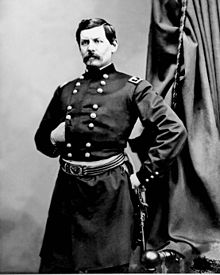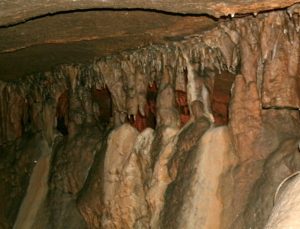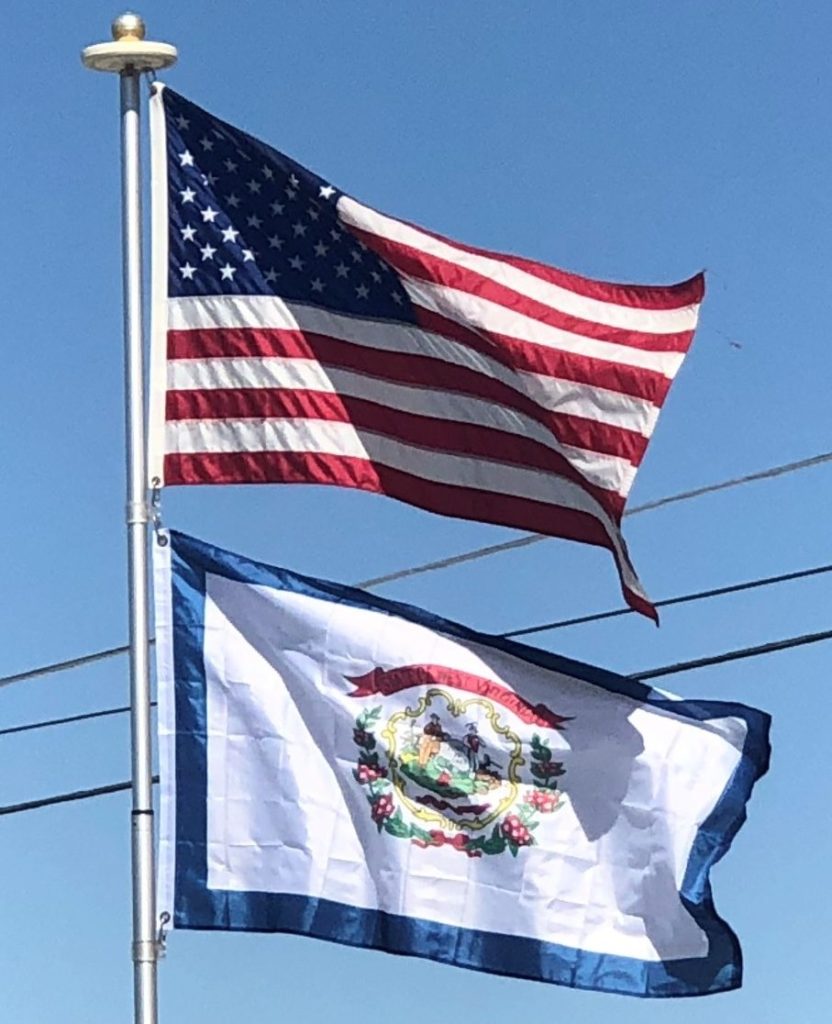The Second Wheeling Convention met as agreed on June 11 and declared that, since the Secession Convention had been called without popular consent, all its acts were void and that all who adhered to it had vacated their offices. The federal government in Washington, D.C. promptly recognized the new government and seated two new senators. Thus, there were two state governments in Virginia: one pledging allegiance to the United States and one to the Confederacy.
The second Wheeling Convention had recessed until August 6, then reassembled on August 20 and called for a popular vote on the formation of a new state and for a convention to frame a constitution if the vote should be favorable. At the October 24, 1861 election, 18,408 votes were cast for the new state and only 781 against.
On May 13, 1862 the state legislature of the reorganized government approved the formation of the new state. An application for admission to the Union was made to Congress, introduced by Senator Waitman Willey of the Restored Government of Virginia. On December 31, 1862, an enabling act was approved by President Abraham Lincoln admitting West Virginia, on the condition that a provision for the gradual abolition of slavery be inserted in its constitution. Many felt that West Virginia’s admission as a state was both illegal and unconstitutional.
President Lincoln issued a proclamation admitting the state on June 20, 1863.

During the Civil War, Union General George B. McClellan‘s forces gained possession of the greater part of the territory in the summer of 1861, culminating at the Battle of Rich Mountain, and Union control was never again seriously threatened, despite an attempt by Robert E. Lee in the same year.
Natural Resource Development:
After Reconstruction, the new 35th state benefited from the development of its mineral resources more than any other single economic activity.
The border between West Virginia and Virginia includes the “Saltpeter Trail”, a string of limestone caverns containing rich deposits of calcium nitrate that were rendered and sold to the government.
The limestone from the caves was burned to produce industrial lime. This lime was used for agricultural and construction purposes.

Salt mining had been underway since the 18th century, though it had largely played out by the time of the American Civil War, when the red salt of Kanawha County was a valued commodity of first Confederate, and later Union, forces. In years following, more sophisticated mining methods would restore West Virginia’s role as a major producer of salt.
However, in the second half of the 19th century, there was an even greater treasure not yet developed: bituminous coal. It would fuel much of the Industrial Revolution in the U.S. and the steamships of many of the world’s navies.
The residents, both Native Americans and early European settlers, had long known of the underlying coal, and that it could be used for heating and fuel. However, for a long time, very small “personal” mines were the only practical development. After the War, with the new railroads came a practical method to transport large quantities of coal to expanding U.S. and export markets. As the anthracite mines of northwestern New Jersey and Pennsylvania began to play out during this same time period, investors and industrialists focused new interest in West Virginia.
